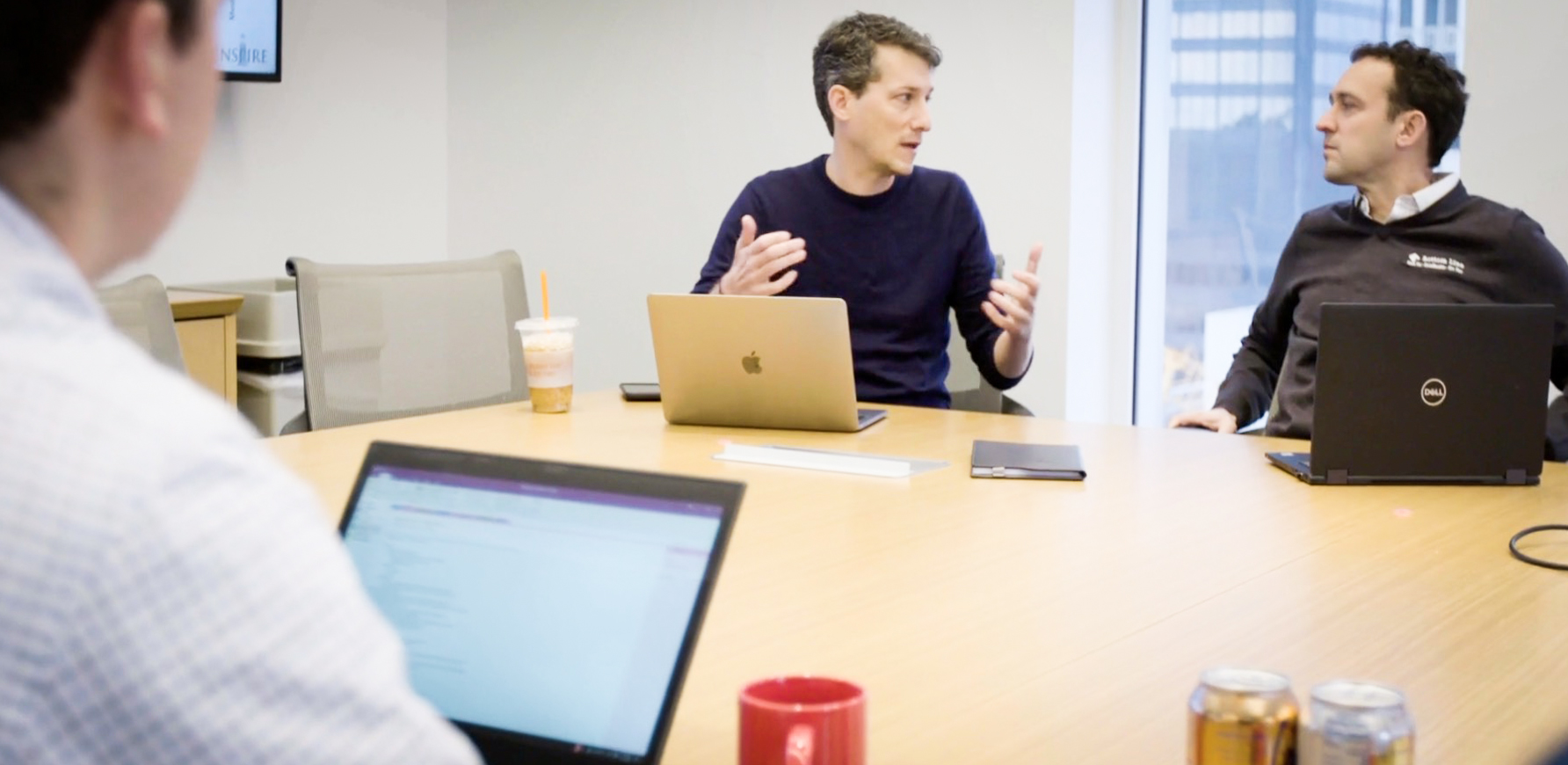
Courtesy of Brian Wallach
After receiving his diagnosis of amyotrophic lateral sclerosis, an incurable disease known as ALS, in November 2017, Brian Wallach ’03 decided to found I Am ALS, a nonprofit organization that aims to raise funds for ALS research and support the ALS community.
I Am ALS is dedicated to reshaping public understanding of the disease, providing key resources to the community and creating opportunities for patients to lead the fight against the disease. The organization hopes to raise more than $100 million in research funding over the course of the next three years.
According to Wallach, the idea to found I Am ALS first came to him and his wife Sandra after speaking to ALS groups scattered across the U.S.
“We went around the country to meet with every ALS group and asked, ‘If you had an extra one or two million dollars in your budget, what would you do with it?’” Wallach explained to the news. “Almost everyone said they would raise more money for research. This became one of the core principles around which we started the organization.”
Sandy Morris, an ALS patient and one of the heads of the I Am ALS Patient Advisory Council, said that prior to her diagnosis, her exposure to ALS was limited to the ALS Ice Bucket Challenge. The Ice Bucket Challenge was a viral social media campaign to promote awareness and raise money for ALS in July and August of 2014, according to the ALS Association website.
Morris, who was diagnosed with ALS on Jan. 6 last year, described ALS as an orphan disease.
“In 2014, I dumped the ice water over my head like everyone else. Not having any idea that four years later, it would be my diagnosis,” Morris said. “This is the disease that got left behind.”
Morris’ current work involves studying the efforts of other successful disease-related movements, such as those for HIV/AIDS and for Duchenne Muscular Dystrophy, and speaking with their leaders to apply those strategies to raising awareness for ALS.
As a patient advocating for herself, Morris has also spoken to members of Congress and employees of the Food and Drug Administration to fight for legislation to expand access to drugs and clinical trials. Morris explained that clinical trials for ALS today include barriers such as a three-month observation period in which participants do not receive treatment — which is substantial when the average life expectancy of a person with ALS is approximately three to five years after diagnosis.
The leadership of the nonprofit currently comprises three boards. The board of directors is made up of two patients, one caregiver and a number of individuals with experience in the health care industry, including Louise Langheier ’03, chair of the I Am ALS board of directors. Additionally, the organization has a patient advisory board, which includes patient advocates like Morris and regularly incorporates input from the ALS community. The final board is a scientific advisory board made up of leading ALS doctors and researchers, according to Wallach.
Langheier, a former classmate of Wallach’s and one of the original founders of Community Health Educators at Yale, explained that the organization is currently working to unite ALS organizations across the country to create a movement. By increasing the number of individuals united behind one cause, Langheier explained, I Am ALS will be able to increase the amount of funding to each organization.
“Right now, I Am ALS is about empowering patients to create a movement to advance their health and access. We want it long-term to be a model for other orphan diseases that don’t have access to the resources needed to find a cure,” Langheier said.
ALS affects five of every 100,000 people in the U.S., according to a census conducted by the Centers for Disease Control and Prevention in 2014.
Madison Mahoney | madison.mahoney@yale.edu







